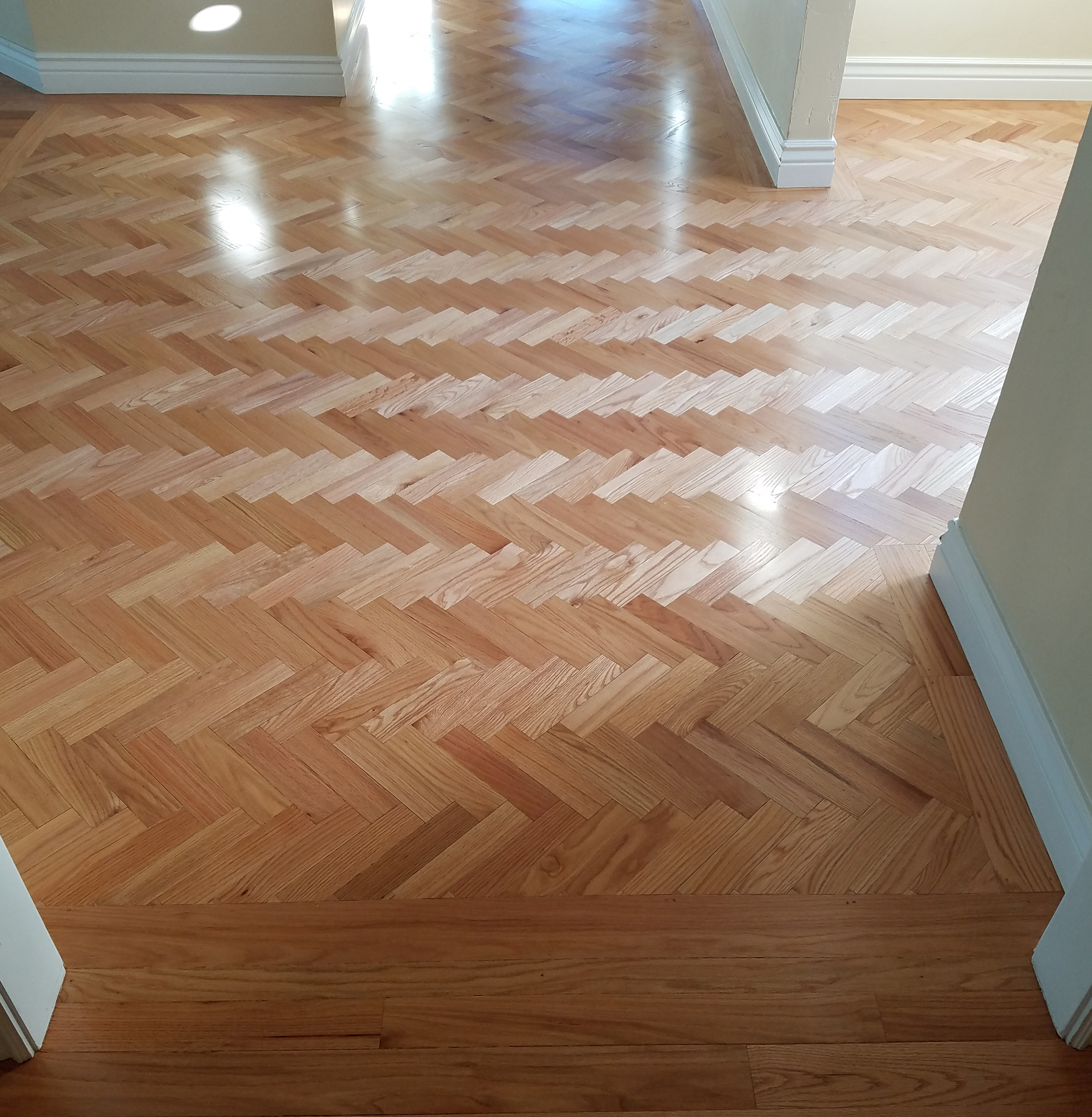Hiring a Professional to Sand and Finish Your Hardwood Floors – Understand What You Pay For
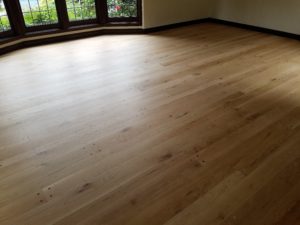 Here at Avi’s Hardwood Floors we specialize in installing, sanding and finishing wood floors. That is all we do, every day five days a week all year. One client said to me recently that he did not appreciate the full art and effort it took to refinish a floor until he saw us in action.
Here at Avi’s Hardwood Floors we specialize in installing, sanding and finishing wood floors. That is all we do, every day five days a week all year. One client said to me recently that he did not appreciate the full art and effort it took to refinish a floor until he saw us in action.
These days it seems most flooring products in the market are part of a trend of colors like gray and white. These floors are mostly engineered and often wire brushed which means – you cannot refinish them in the future. The art of sanding and finishing is slowly disappearing as the need for craftsmanship is declining. The market is filled with more people who can only install floors at a simple straight layout, yet alone add borders or set inlays and medallions.
The art of sanding and finishing is more appreciated now than ever, as home owners who have solid wood floors start searching for someone to refinish their wood floors, they often times find it hard to find someone qualified to do the job. Most guys have not had any training in refinishing floors or simply cannot do it.
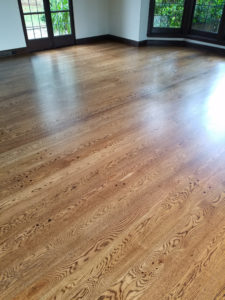 When you find and hire a professional to refinish your floors understand the following:
When you find and hire a professional to refinish your floors understand the following:
- Refinishing floors is an art. Even with all the training and years of experience it is still all in the hands of the craftsman or woman
- Every job is different so the professional is challenged with each floor in different ways
- The task of reviving an old floor is a multi-step process, unlike what you might see on your local home channel. It is a time consuming process
- True professionals who know their craft have been around for a while and would still be around for years to come
- Putting a price per square foot on this type of labor is simplifying the idea that anyone can do it and provide the same result
- Refinishing wood floors takes a lot of attention to detail, for example: protecting adjacent surfaces, owning the right machines to provide complete dust free sanding, mastering the technique for each wood specie, knowing what to use for filling oak vs. cherry, how to treat a top nail floor vs. tongue and groove, identifying and repairing a floor, choosing the right finish for the client and being able to master the use of each finish.
As you can see, sanding and finishing wood floors is truly an art. It cannot simply be taught by attending one school, watching a video or reading a book alone. It is a process of years of learning and with each wood floor comes a new challenge. Next time you look for someone to refinish your wood floor understand that not all who say they can – can do it well.


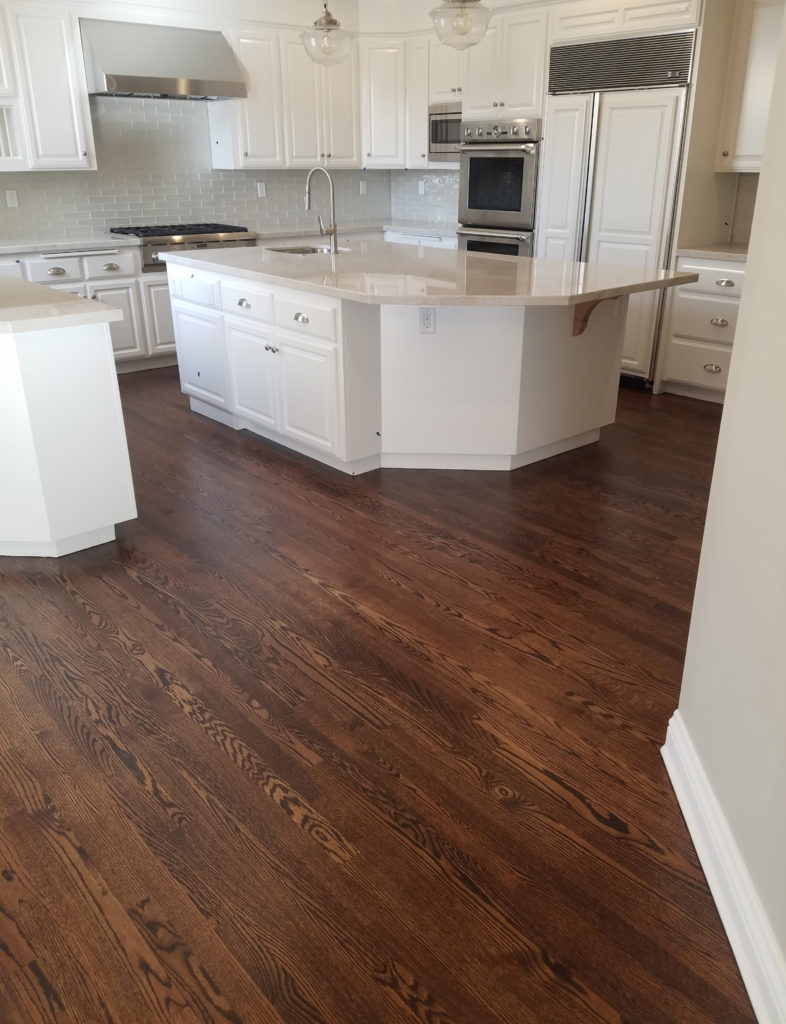 At Avi’s Hardwood Floors we use several ways to control the cleanliness of your home while we sand and finish your wood floors.
At Avi’s Hardwood Floors we use several ways to control the cleanliness of your home while we sand and finish your wood floors.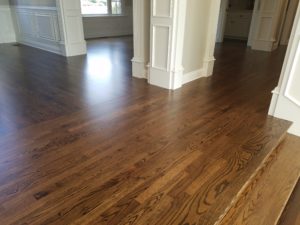 Wood dust is not something our bodies can process. Wood dust is one of the more common causes of health problems especially lung related conditions.
Wood dust is not something our bodies can process. Wood dust is one of the more common causes of health problems especially lung related conditions.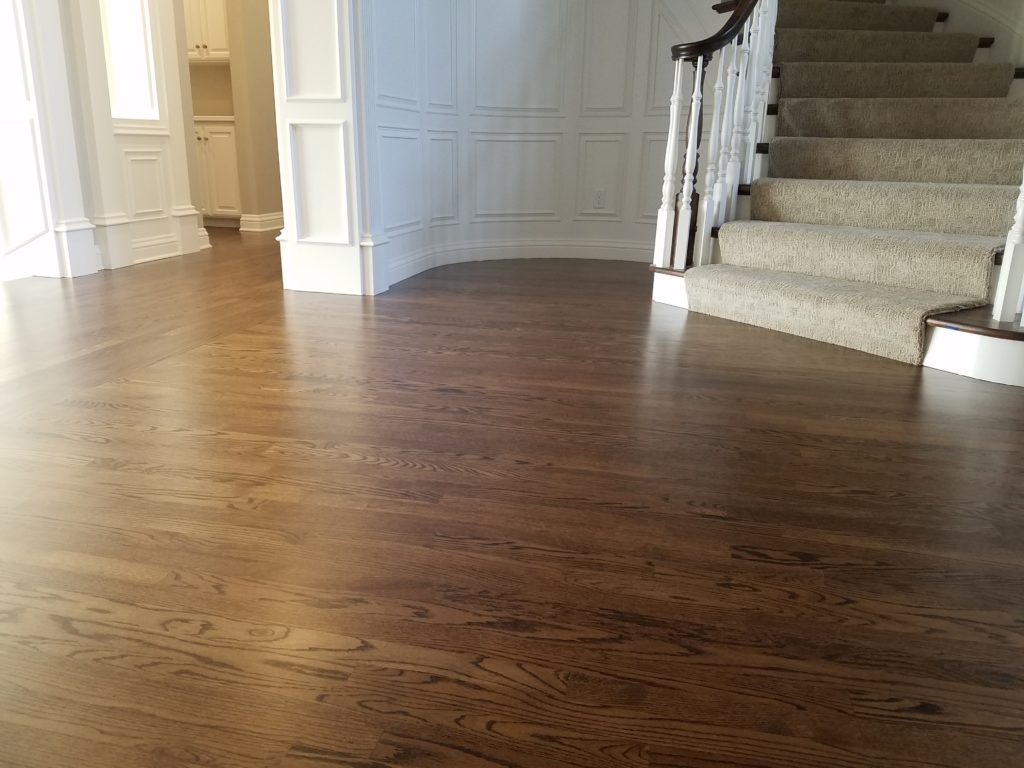
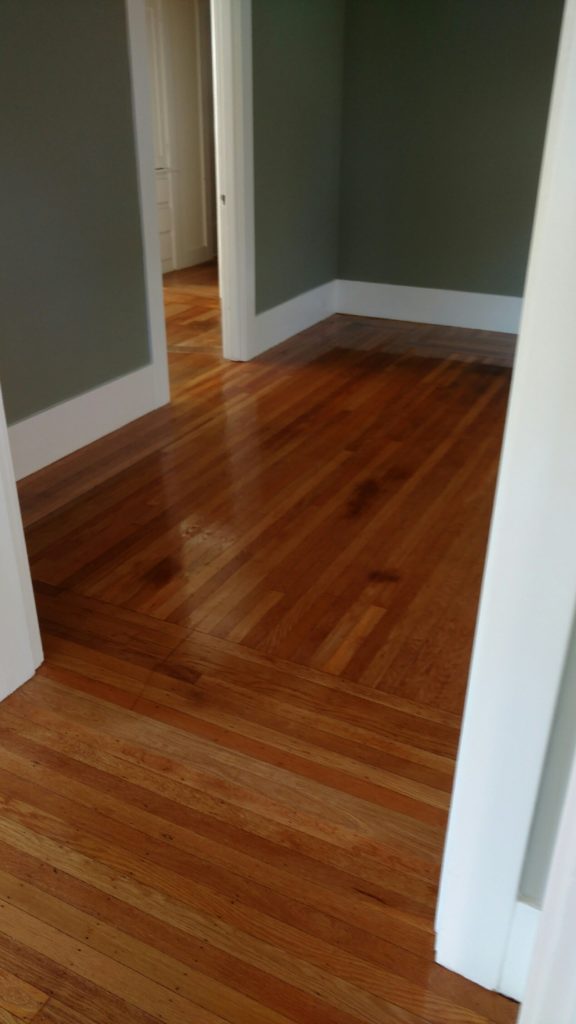 How to use and maintain your wood floors living with dogs and cats in the home.
How to use and maintain your wood floors living with dogs and cats in the home.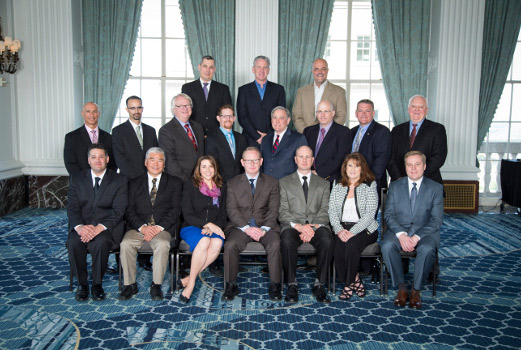 NWFA announces Leadership Award the 2015 Board.
NWFA announces Leadership Award the 2015 Board.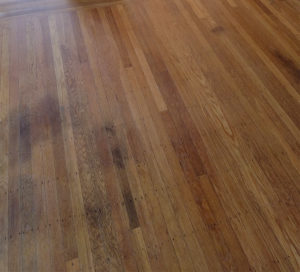 Many of us have dogs or cats as part of our family, and as such we let them inside the house on the hardwood floors. Dogs and cats will walk, run and play on the wood floors and much like us humans will cause some damages over the years. Normal use of our wood floors will eventually cause loss of sheen, scratches, dents, stains and discoloration. Having pets in the house often causes early wear and tear and/or excessive scratches. This leads me to guide you through choosing and using your new wood floors.
Many of us have dogs or cats as part of our family, and as such we let them inside the house on the hardwood floors. Dogs and cats will walk, run and play on the wood floors and much like us humans will cause some damages over the years. Normal use of our wood floors will eventually cause loss of sheen, scratches, dents, stains and discoloration. Having pets in the house often causes early wear and tear and/or excessive scratches. This leads me to guide you through choosing and using your new wood floors.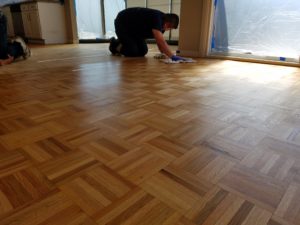 We recently refinished two oak parquet floors in the East Bay area. In both cases, the transformation was overwhelming to the home owners. Their floors were in such bad shape that they considered a floor replacement as an alternative to the refinish. A floor replacement would have cost four to five times more than a simple refinish. These days it seems as though the traditional oak look is not IN, and the weathered barn looking oak is trendier than clear urethane finishes. Rushing to tear out a solid oak floor, no matter how old it is can be costly, time consuming and doesn’t necessarily yield a much better result than preserving the floor.
We recently refinished two oak parquet floors in the East Bay area. In both cases, the transformation was overwhelming to the home owners. Their floors were in such bad shape that they considered a floor replacement as an alternative to the refinish. A floor replacement would have cost four to five times more than a simple refinish. These days it seems as though the traditional oak look is not IN, and the weathered barn looking oak is trendier than clear urethane finishes. Rushing to tear out a solid oak floor, no matter how old it is can be costly, time consuming and doesn’t necessarily yield a much better result than preserving the floor.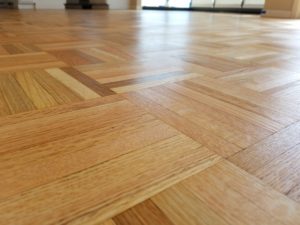 These are two cases of how to get the most bang for your buck with hiring the right contractor (Avi’s Hardwood Floors) who can assess the floor and make the appropriate recommendation.
These are two cases of how to get the most bang for your buck with hiring the right contractor (Avi’s Hardwood Floors) who can assess the floor and make the appropriate recommendation.